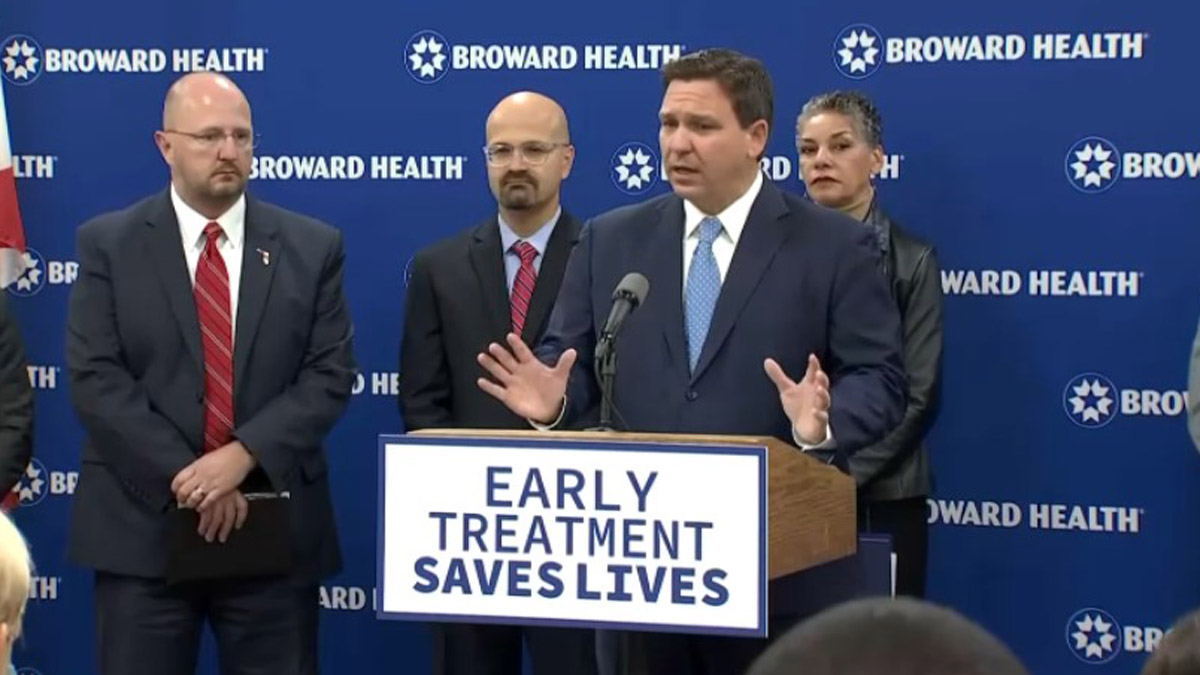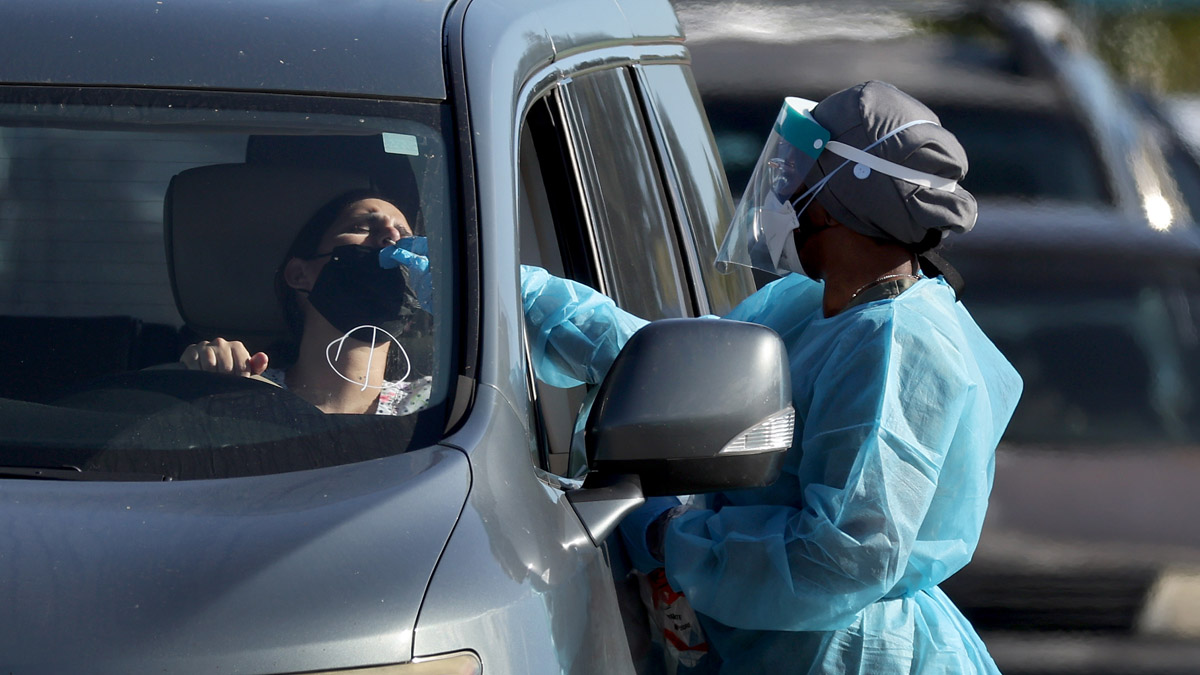There is not enough of a COVID-19 rapid antigen test supply to meet the intense demand. NBC 6’s Phil Prazan reports
What to Know
- There is not enough of a COVID-19 rapid antigen test supply to meet the intense demand
- The state is working to limit and prioritize who is getting testing
- Here’s what you should know if you’re looking for a test
Omicron has thrown another wrinkle into the pandemic.
Watch NBC6 free wherever you are
The Food and Drug Administration announced recently several rapid antigen tests people can purchase at local pharmacies cannot identify the omicron variant of the coronavirus, creating another crunch in supplies.
Dr. Aileen Marty from Florida International University said people should get a rapid test if they’re getting together at a large gathering, but make sure it can detect the latest variant.
Get local news you need to know to start your day with NBC 6's News Headlines newsletter.
"You need to know why you’re doing the test," she said.
COVID-19 LATEST
Currently, the Abbott BinaxNOW tests that are distributed at county and state facilities can detect the variant. However, a nasal swab RT-PCR test remains the most accurate test, Marty said.
"If you’re symptomatic and you do an antigen test and you’re negative, you should go get a PCR test because that PCR test is a lot more sensitive," she said.
One major reason why there aren't enough rapid tests out there is that the FDA has a lengthy, thorough and expensive approval process.
The FDA has to collect data, conduct clinical trials, and then mass-produce these supplies.
Coming up on the start of the third year of the pandemic, the very common test given out by local governments is not even approved — it’s just authorized under emergency use.
The U.S. has fewer models and supplies for rapid tests, in part because the country didn’t prioritize making tests at the beginning of the pandemic, but rather focused on vaccines and treatments.
Using the Defense Production Act, the Biden Administration is forcing more companies to mass-produce these at certain prices. They hope to be cranking out 500 million a month by the end of the year, which will drop the prices down.
Get updates on COVID-19 in your inbox. Click here to sign up for our weekly coronavirus newsletter.



